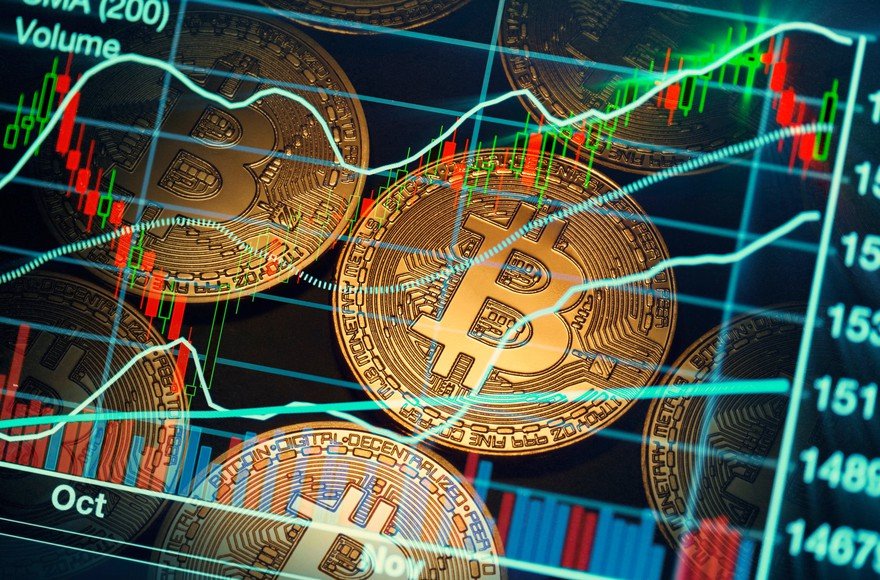Cryptocurrency stocks
The very first cryptocurrency was Bitcoin. Since it is open source, it is possible for other people to use the majority of the code, make a few changes and then launch their own separate currency. https://memorialdaytournament.com/ Many people have done exactly this. Some of these coins are very similar to Bitcoin, with just one or two amended features (such as Litecoin), while others are very different, with varying models of security, issuance and governance. However, they all share the same moniker — every coin issued after Bitcoin is considered to be an altcoin.
Almost. We have a process that we use to verify assets. Once verified, we create a coin description page like this. The world of crypto now contains many coins and tokens that we feel unable to verify. In those situations, our Dexscan product lists them automatically by taking on-chain data for newly created smart contracts. We do not cover every chain, but at the time of writing we track the top 70 crypto chains, which means that we list more than 97% of all tokens.
Here at CoinMarketCap, we work very hard to ensure that all the relevant and up-to-date information about cryptocurrencies, coins and tokens can be located in one easily discoverable place. From the very first day, the goal was for the site to be the number one location online for crypto market data, and we work hard to empower our users with our unbiased and accurate information.
Cryptocurrencies
The team behind Cardano created its blockchain through extensive experimentation and peer-reviewed research. The researchers behind the project have written more than 120 papers on blockchain technology across various topics. This research is the backbone of Cardano.
On 25 March 2014, the United States Internal Revenue Service (IRS) ruled that bitcoin will be treated as property for tax purposes. Therefore, virtual currencies are considered commodities subject to capital gains tax.
However, in 2021, there was a backlash against donations in bitcoin because of the environmental emissions it caused. Some agencies stopped accepting bitcoin and others turned to «greener» cryptocurrencies. The U.S. arm of Greenpeace stopped accepting bitcoin donations after seven years. It said: «As the amount of energy needed to run bitcoin became clearer, this policy became no longer tenable.»
Cryptocurrency makes legal enforcement against extremist groups more complicated, which consequently strengthens them. White supremacist Richard Spencer went as far as to declare bitcoin the «currency of the alt-right».
With more people entering the world of virtual currency, generating hashes for validation has become more complex over time, forcing miners to invest increasingly large sums of money to improve computing performance. Consequently, the reward for finding a hash has diminished and often does not justify the investment in equipment and cooling facilities (to mitigate the heat the equipment produces) and the electricity required to run them. Popular regions for mining include those with inexpensive electricity, a cold climate, and jurisdictions with clear and conducive regulations. By July 2019, bitcoin’s electricity consumption was estimated to be approximately 7 gigawatts, around 0.2% of the global total, or equivalent to the energy consumed nationally by Switzerland.

Cryptocurrency meaning pi
Nicolas Kokkalis and Chengdiao Fan, two Stanford University researchers, founded Pi Network. They began developing it in 2018 with the goal of making a digital currency for everyday people. They released a white paper and the Pi Network app on March 14, 2019 (Pi Day).
The Pi Network app is about as straightforward as it gets. It has a lightning button that you tap to mine Pi. This also starts a 24-hour countdown, and, when it ends, you need to check in and tap the button again to continue mining. You don’t need to leave the app open to mine, so all it takes is opening the app and tapping the button every 24 hours.
Launched in 2019 by Stanford Ph.D. Dr. Chengdiao Fan and Dr. Nicolas Kokkalis, the Pi Network is presently in its development Phase 3, called the “Enclosed Mainnet”. While the Mainnet launch has been delayed to the end of 2024, users will be easily able to mine Pi and freely interact with the network blockchain once it launches.
Pi Network is a cryptocurrency that claims to be «mined» on mobile phones. The project was launched in 2019 and has since attracted over 23 million users. However, there are many who believe that Pi Network is a scam.

